The Ripple Effect
-News and Commentary-
There’s always an enemy
That’s how the system keeps spinning.
When there’s peace, there’s no budget. When there’s unity, there’s no distraction. When there’s understanding, there’s no control. So instead of confronting the real problems, poverty, inequality, corruption, we build enemies. We shape fear into human form. Then we fund it, fight it, and feed it to the public like it’s protection.
Sometimes the enemy is foreign. Sometimes it’s domestic. Sometimes it’s just an idea. In the Cold War, it was communism. In the 90s, it was “super predators.” After 9/11, it was Muslims. In the 2010s, it was undocumented immigrants. Now, it’s anything that makes people uncomfortable, books, drag queens, TikTok, truth.
It’s not about who the enemy is. It’s about what the enemy provides: a reason to surveil, a reason to militarize, a reason to criminalize. And the scariest part is how efficient it’s become. We don’t even need full narratives anymore. A viral clip, a mugshot, a TikTok soundbite, that’s enough to justify a policy, a law, or a crackdown.
Look at how fast it happens. A single incident is broadcast out of context. A face becomes a symbol. A community becomes a talking point. Next thing you know, there’s legislation being drafted to regulate the problem you just created. This isn’t paranoia. It’s policy. It’s how Black neighborhoods became overpoliced. It’s how Muslims got added to no-fly lists. It’s how migrant families ended up in cages. It’s how LGBTQ+ youth are being stripped of healthcare, education, and basic safety.
These manufactured enemies become tools for control. They justify more cops, more funding, more surveillance. And meanwhile, the actual issues, healthcare deserts, housing collapse, climate disasters, underfunded schools, stay unsolved. Because solving problems doesn’t make money. Scaring people does.
And it’s not just government. It’s tech too. Algorithms amplify outrage. They don’t reward nuance; they reward fear. They boost content that confirms biases and demonizes difference. A Black teen dancing on TikTok gets called a gang member. A Muslim woman talking about her faith gets labeled a threat. A drag queen reading books to children becomes “groomer” propaganda. These narratives don’t come out of nowhere. They’re engineered, tested, and distributed at scale. Fear has gone viral and there’s no fact-check strong enough to stop it once it spreads.
The result is a country where people stop looking for truth and start hunting for enemies. We’ve got folks policing books in schools while corporate landlords jack up rent. We’ve got governors banning drag shows while their states fall apart from environmental neglect. We’re arguing about flags in classrooms while hospitals are closing in poor neighborhoods. That’s not a coincidence. That’s distraction by design.
In this article, we’re going to break down how manufactured fear props up American politics. We’ll look at how enemies are shaped in real time through media, technology, and political language. And we’ll ask: if fear is the product, who’s making the profits? And how do we stop a system that’s addicted to its own panic?
Manufacturing an enemy isn’t a glitch in the system, it’s the business model. Politicians, media outlets, and corporate giants all benefit when a population is divided, distracted, and constantly reacting. When there’s a villain in the headlines, nobody has to talk about stagnant wages, corrupt institutions, or wealth inequality. Instead, we talk about the “crisis” at the border. The “crime wave” in the cities. The “indoctrination” in schools. It’s the oldest trick in the American playbook, create a problem, promise a solution, expand your power.
And the people who suffer most are the ones who’ve already been surviving in systems built to break them. Black families. Migrant workers. Disabled communities. Queer youth. Low-income mothers. People who never asked to be on anyone’s front line, but end up there because they’re easy to frame, easy to blame, and rarely defended once the media cycle moves on.
The impact of all this isn’t just policy. It’s psychological. You start to internalize the suspicion. You watch your words. You lower your voice. You stop applying for jobs. You stop voting. You stop dreaming. Because the world has already decided what you are—and it’s not “one of us.” It’s “one of them.”
Let’s cut to the core: America needs enemies to survive. Not literal enemies—not always. But enemies in principle. In politics. In culture. The country needs something to point at so it doesn’t have to look in the mirror. Because if people ever stopped fighting fake wars, they’d start asking real questions. Questions about wealth. About race. About who built what and who pays the price. And the machine can’t afford that.
So it feeds the people villains.
And when it runs out, it builds more.
Sometimes those enemies are activists. Sometimes they’re immigrants. Sometimes they’re working-class Black mothers, labeled “welfare queens.” Sometimes it’s the poor white drug user turned into a “zombie” on the news. Sometimes it’s drag queens. Or trans kids. Or undocumented fathers. Whoever’s easy to target, easy to isolate, easy to erase.

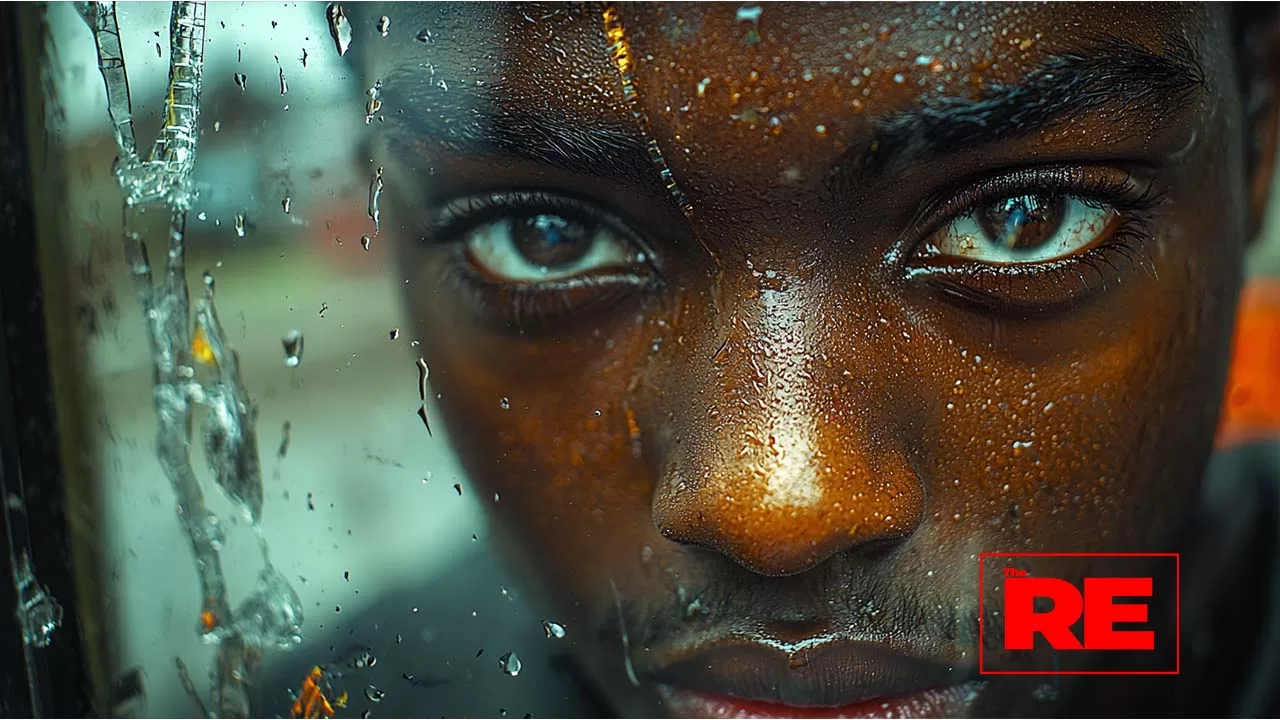
What makes it worse now is the speed. Back in the day, manufacturing an enemy took work—pamphlets, speeches, newspapers, months of buildup. Now it takes one out-of-context video, one viral tweet, one lie repeated often enough. The algorithm doesn’t care if it’s true. It only cares if it spreads. And when it spreads, the system moves in behind it: policy, police, profits.
You see it in the budgets. Military budgets go up every time we create a foreign enemy. Police budgets grow every time “crime” becomes the headline even when crime rates are down. Private prison stocks spike during moral panics. Media ratings skyrocket when a new villain is introduced. It’s all part of the same play. Invent the threat. Frame it as urgent. Promise protection. Rinse. Repeat.
And that protection? It never really comes. Not for the people. It comes for the rich, for the powerful, for the owners of the narrative. Meanwhile, the rest of us get locked down, watched, or labeled.
What makes this moment dangerous is how bored the public has gotten. We’re numb to crisis. Desensitized to violence. Conditioned to accept policies that would’ve sparked riots a generation ago. It’s not just that enemies are being manufactured it’s that we’ve learned to live with it. To scroll past it. To vote for it. To stay quiet so it doesn’t land on us next.
But here’s the thing: if the system needs enemies to keep functioning, then the only way to break the system is to refuse to play the game. That means resisting the urge to fall for easy narratives. That means asking better questions. That means calling out the lie—even when it’s convenient. Especially when it’s convenient.
So let’s close with the 5Ws. Not where we’ve been, but where this goes next.
Who needs to care?
Anyone who’s ever watched the media paint someone who looks like them as a threat, a burden, or a statistic.
What’s next?
If we keep letting fear define who belongs, the list of enemies will only grow, until nobody’s safe but the people writing the list.
When will it matter again?
The next time a politician says, “They’re the reason you’re struggling.” The moment they point fingers instead of offering solutions.
Where’s it headed?
Into every classroom, courtroom, and living room. Into policy and policing. Into minds that grow up thinking some people just don’t deserve peace.
Why is it bigger than it looks?
Because enemies aren’t just born—they’re made. And if you don’t stop the machine that makes them, eventually, it’ll come for you too.
One story. One truth. One ripple at a time. This is The Ripple Effect, powered by The Truth Project.


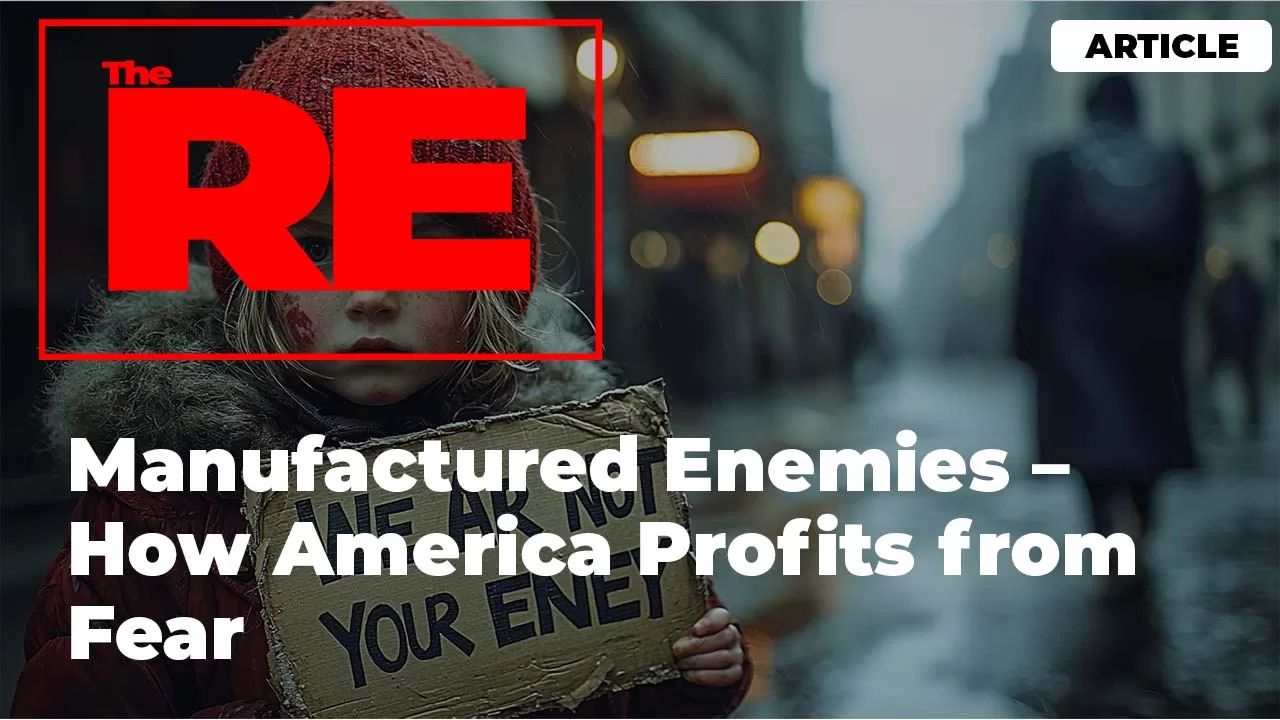
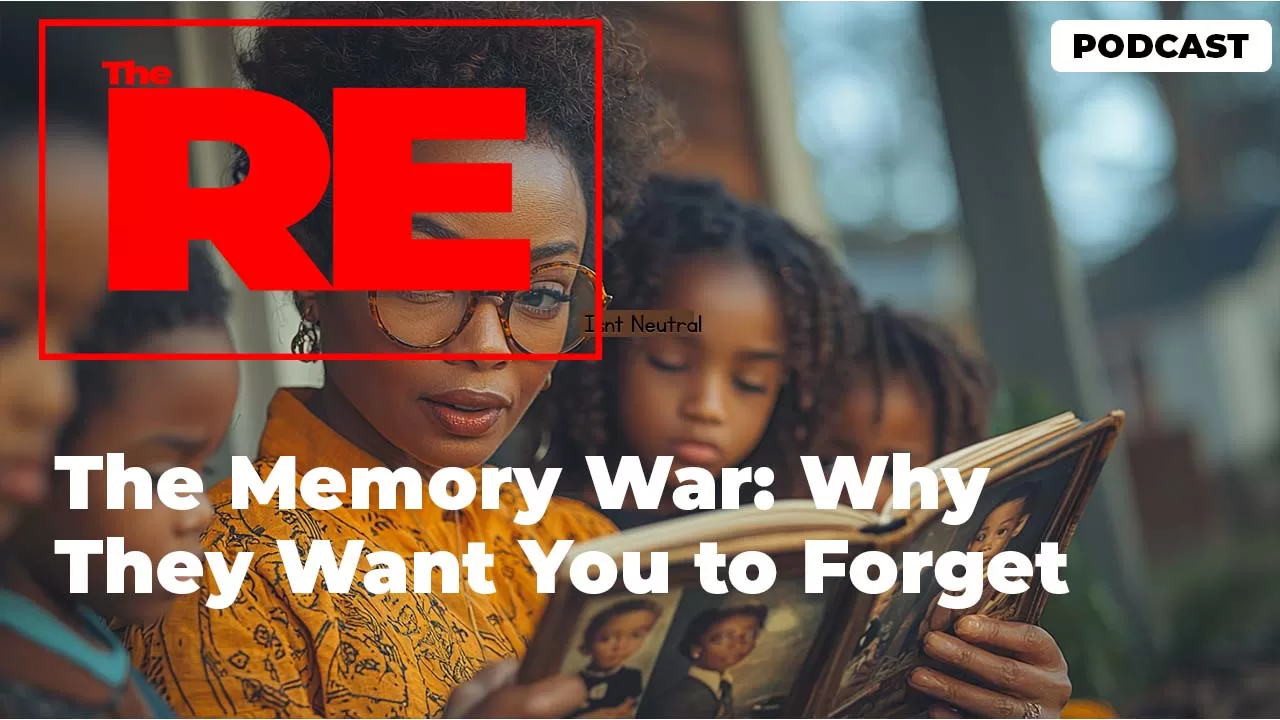
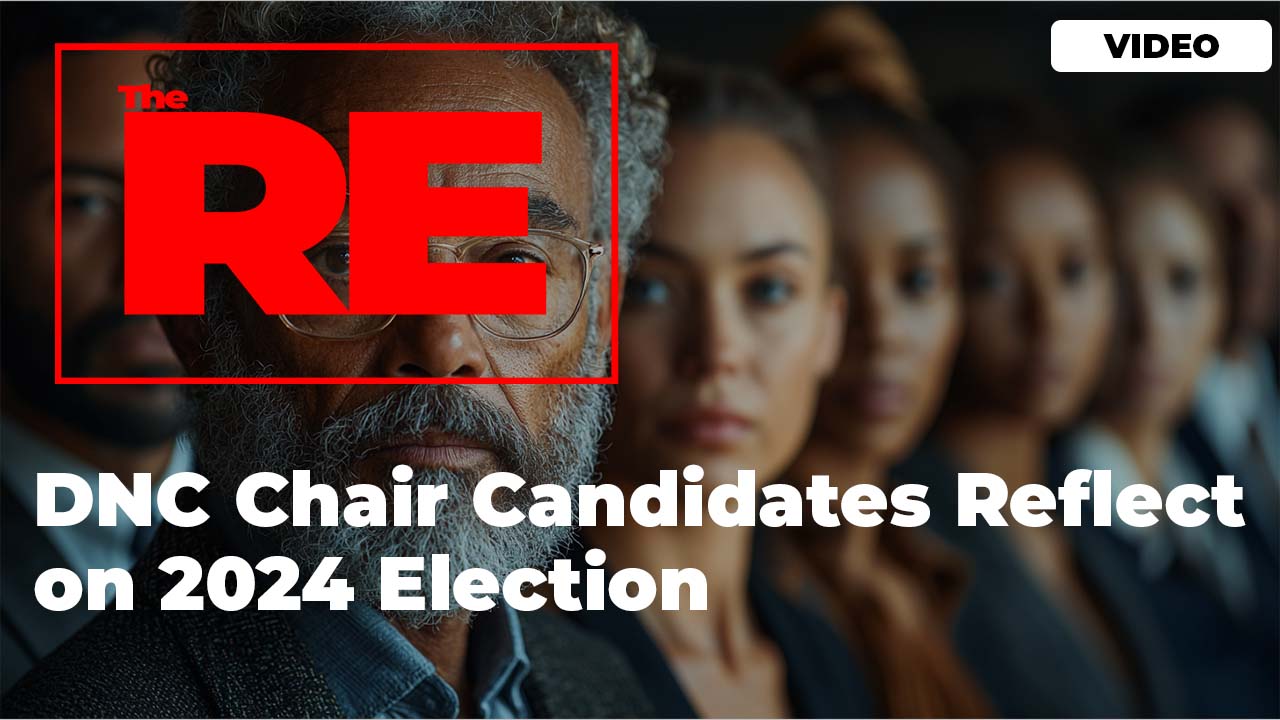
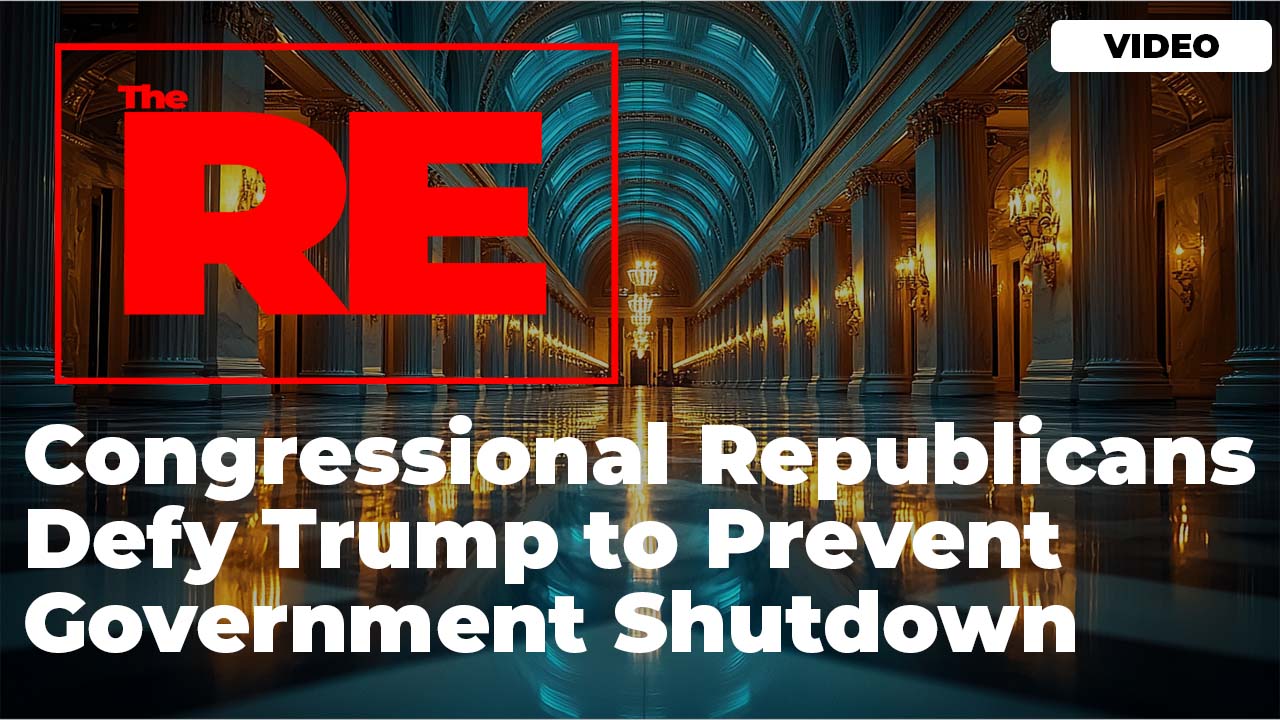

 and then
and then